Did you know that climbing is one of the most beneficial activities for a child’s overall development—both physically and mentally? When children climb, they develop persistence, focus, and determination, while also improving coordination, balance, and endurance. Most importantly, climbing encourages social interaction, teamwork, and confidence from an early age. In this article, we’ll explore why climbing is such an important part of early childhood development and how you can safely introduce it at home.
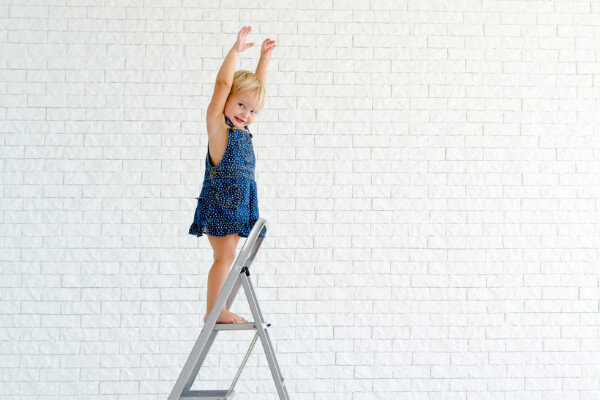
When Is the Right Time to Start Climbing?
There isn’t a strict rule—it’s different for every child. Some babies begin climbing attempts even before walking, while others show interest later on. The best way to know if your child is ready is to simply observe and encourage them to try. If they seem curious and excited, it’s a good sign they’re ready for this fun and healthy activity.
Once your little one starts showing interest in climbing onto chairs or the sofa, it’s time to introduce safe, age-appropriate climbing equipment that supports their natural development.
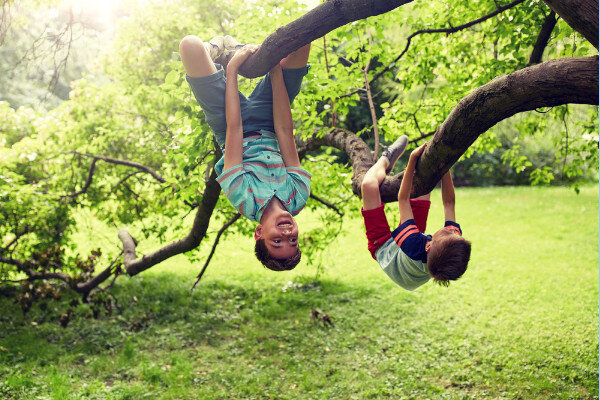
The Benefits of Climbing for Early Child Development
Climbing is much more than just play—it’s a full-body and mind workout that builds essential motor, cognitive, and emotional skills. Here are the key benefits:
Develops Gross Motor Skills and Coordination
Encouraging climbing from an early age helps children build strength, balance, and body awareness. It’s one of the best ways to support the development of gross motor skills—the large movements that involve arms, legs, and the entire body. Each climb strengthens muscles, improves posture, and increases stamina, all while keeping playtime exciting and engaging.
By incorporating indoor wooden climbing toys, such as a Pikler Triangle, children can stay active safely even when playing indoors.
Boosts Mental Development and Problem-Solving Skills
Climbing challenges both the body and mind. It requires focus, strategic thinking, and planning each movement—skills that help children become confident problem solvers. Research shows that early climbing activities improve cognitive flexibility, creative thinking, and resilience. Children who climb regularly tend to have better self-esteem and perform better in learning environments.
Improves Cognitive Awareness and Spatial Thinking
When children climb, they learn about directions like “up,” “down,” “over,” and “under.” Every move helps them understand how their body relates to space and objects around them. This type of spatial awareness is crucial for later academic skills such as mathematics, writing, and reading comprehension.
Strengthens Fine Motor Skills and Hand-Eye Coordination
Few activities develop fine motor control and hand-eye coordination as effectively as climbing. Gripping bars, pulling up, and balancing all help children refine their muscle control. These same skills later support activities like drawing, writing, and sports.
Encourages Social Interaction and Teamwork
Group climbing activities—whether on a playground or with siblings at home—teach children to take turns, share, and cooperate. Climbing promotes communication and builds confidence as they help each other reach the top. It’s a fun way to nurture both physical and social-emotional development.
Safe Climbing at Home or in the Garden
Every parent wants their child to explore and be active safely. Luckily, there are many ways to introduce climbing play without leaving the house. Here are some ideal options:
Pikler Triangle
The Pikler Triangle is one of the most popular Montessori-inspired climbing frames for toddlers. Its compact size, stability, and modular design make it a versatile choice for both indoor and outdoor play. It encourages independent climbing, balance, and creativity while keeping your little one safe.
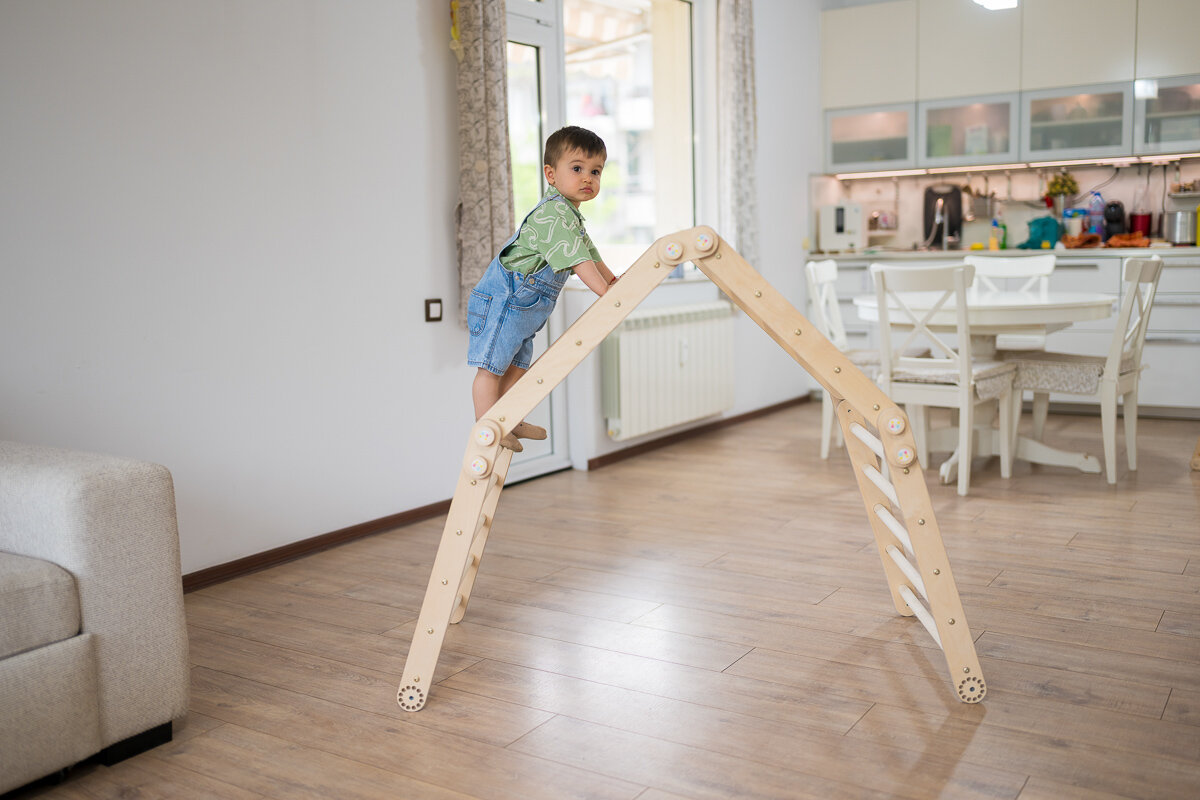
Indoor playground
An indoor playground offers endless possibilities for exploration and movement. Designed for home or garden use, it allows children to climb, slide, swing, or crawl—all in one structure. Made from natural wood and non-toxic finishes, it’s a perfect way to keep your child active year-round.
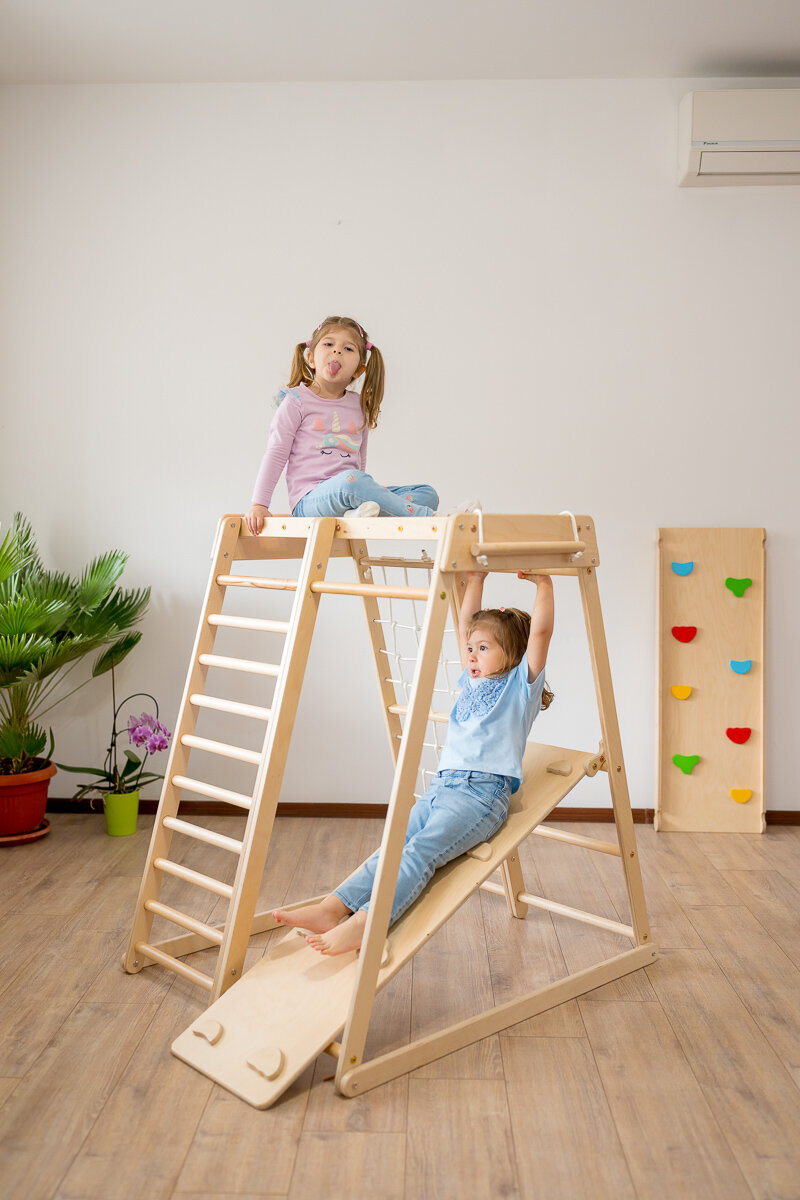
Montessori Learning Tower
For the youngest climbers, the Montessori Learning Tower provides the perfect starting point. Designed for safety and stability, it allows toddlers to join everyday family activities—washing hands, cooking, or brushing teeth—while standing at countertop height. It’s a safe and engaging way to build independence and confidence.
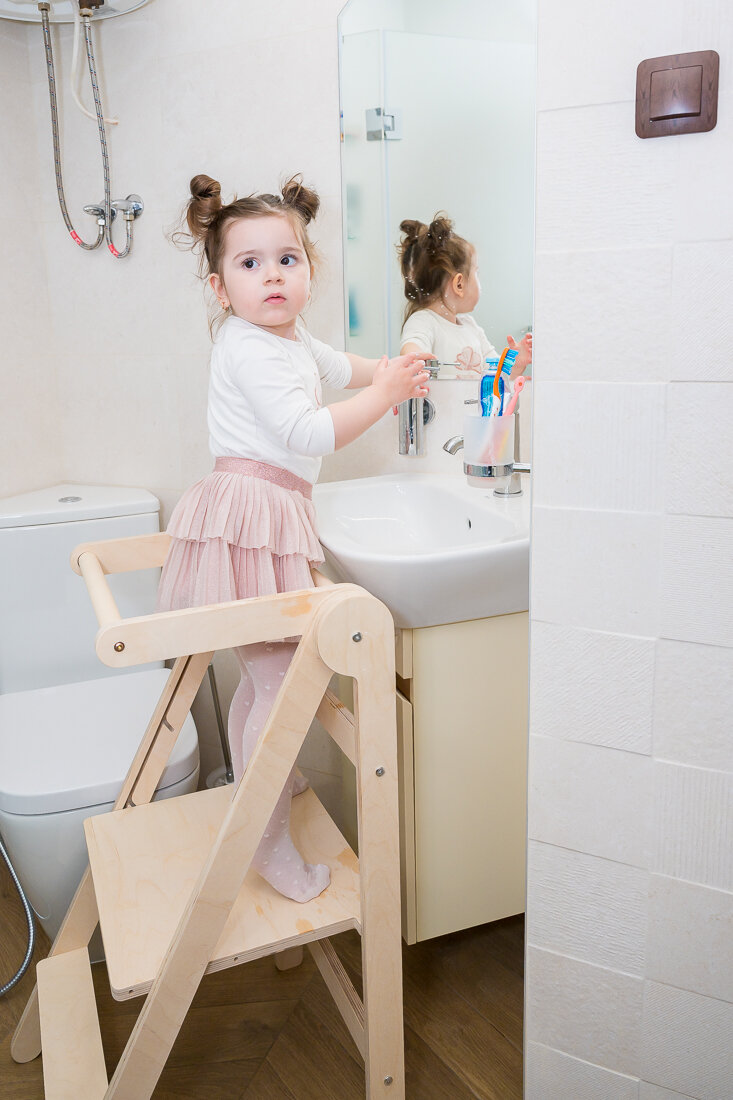
Final Thoughts
Climbing is one of the most natural and rewarding ways for children to grow stronger—physically, mentally, and emotionally. Whether you choose a Pikler Triangle, wooden climbing frame, or Montessori learning tower, each one provides a safe environment for play, movement, and discovery.
So, what are you waiting for? Encourage your child to reach new heights and enjoy the countless benefits of climbing today!








